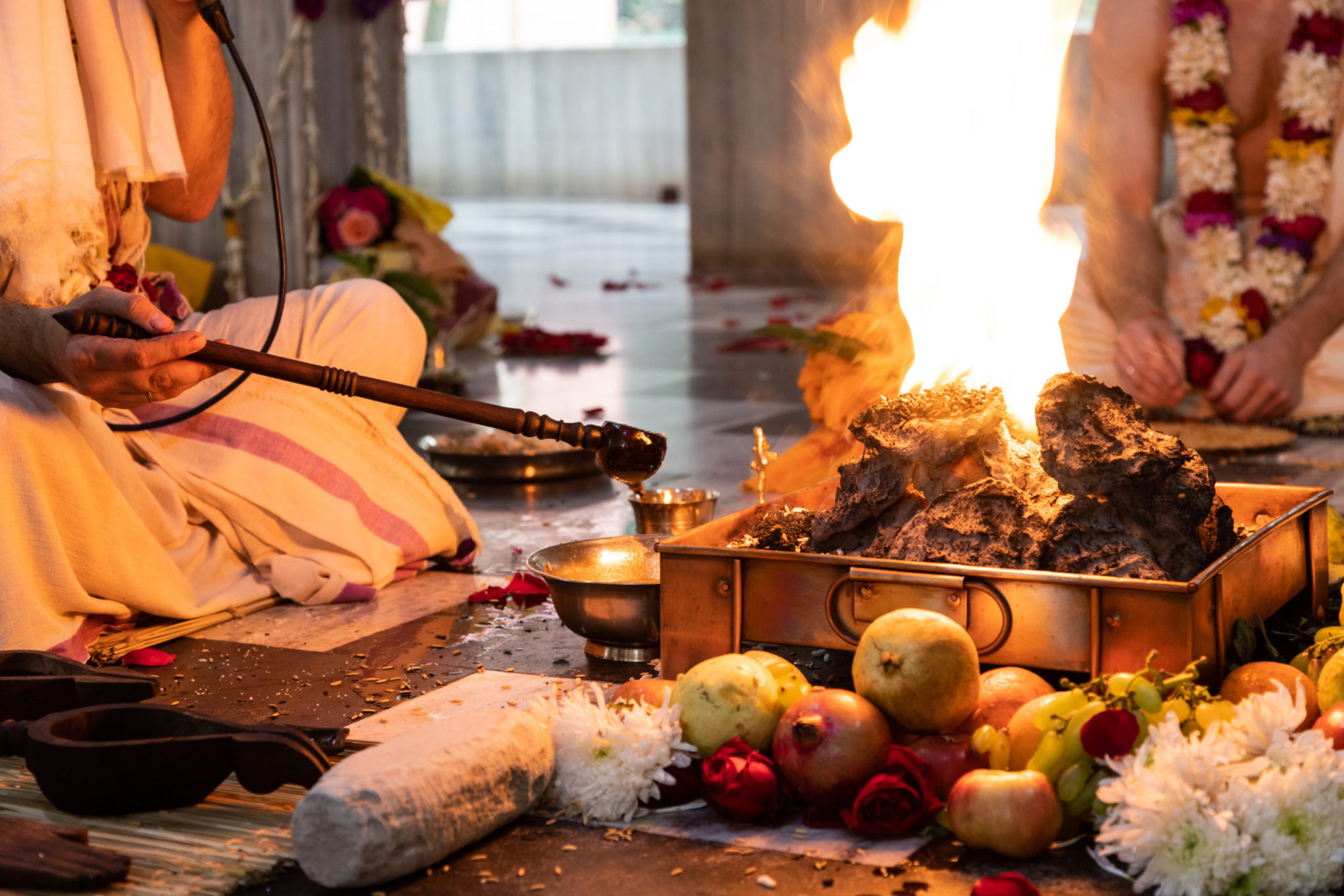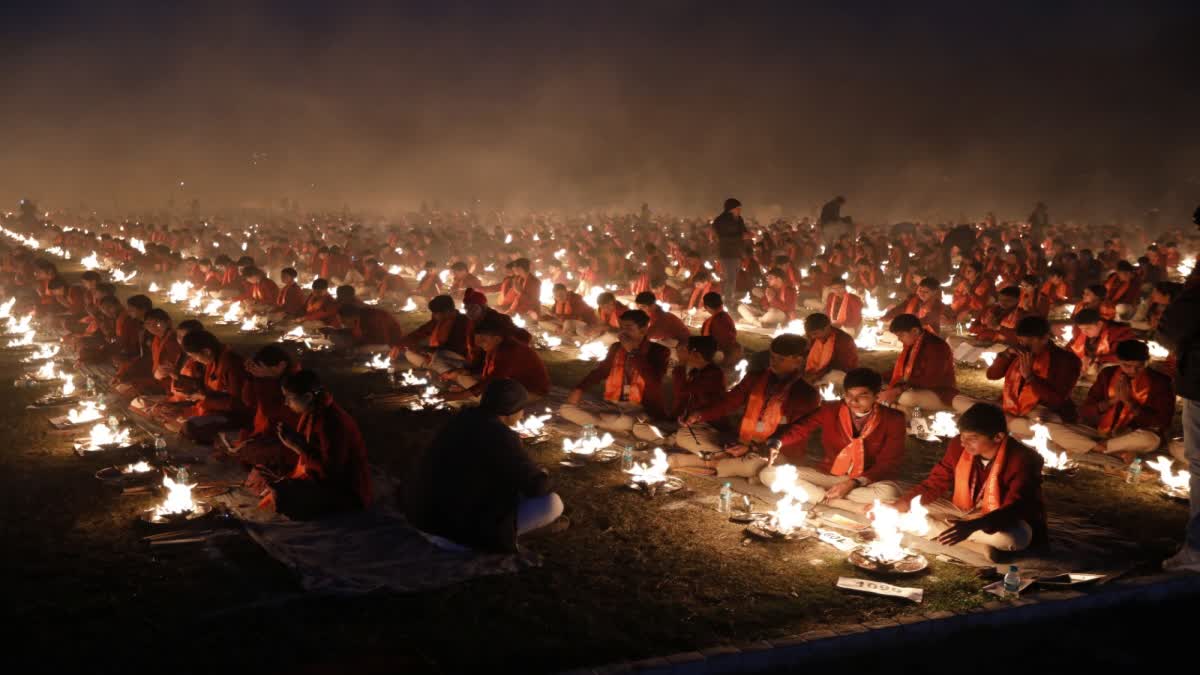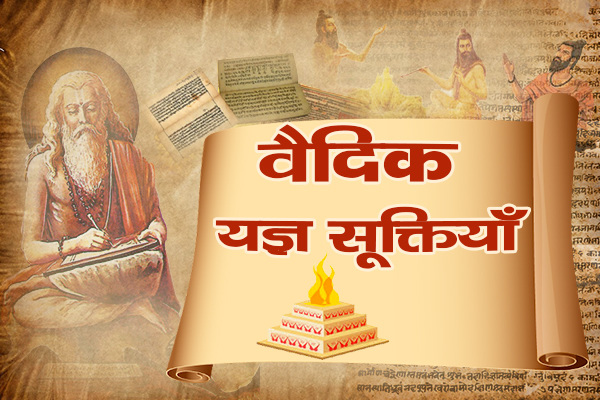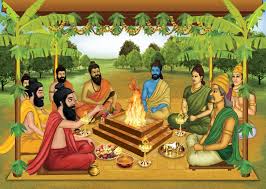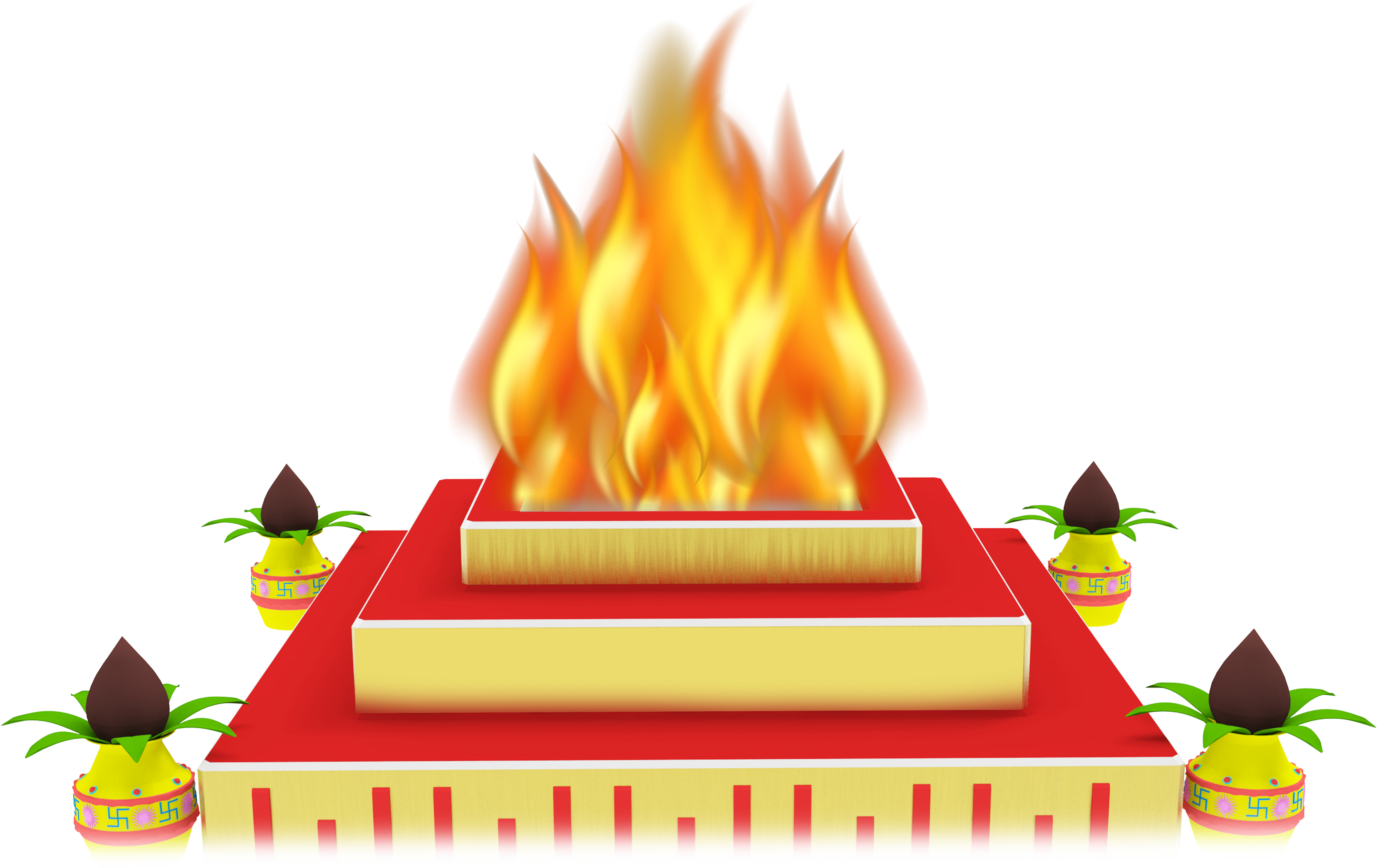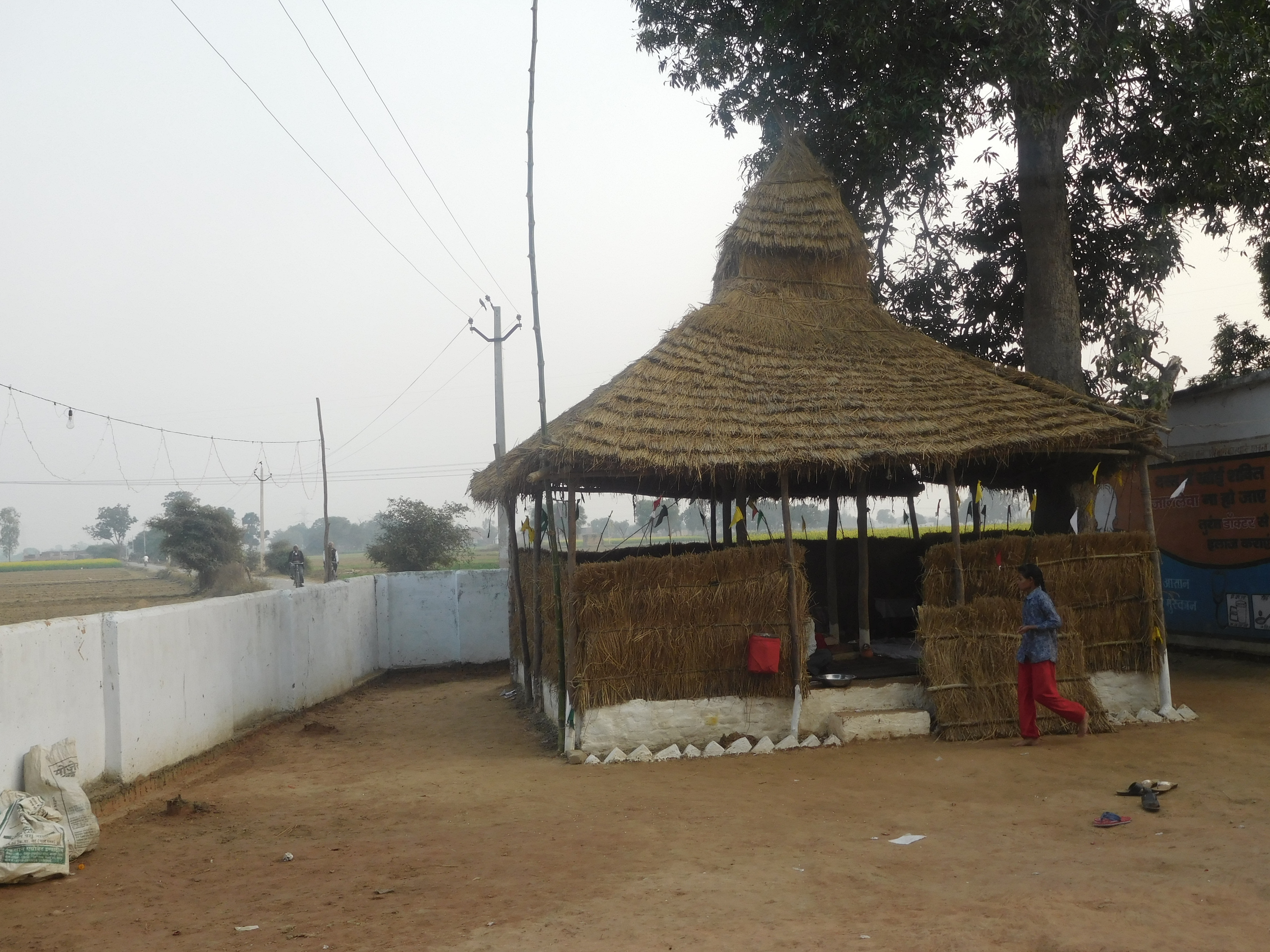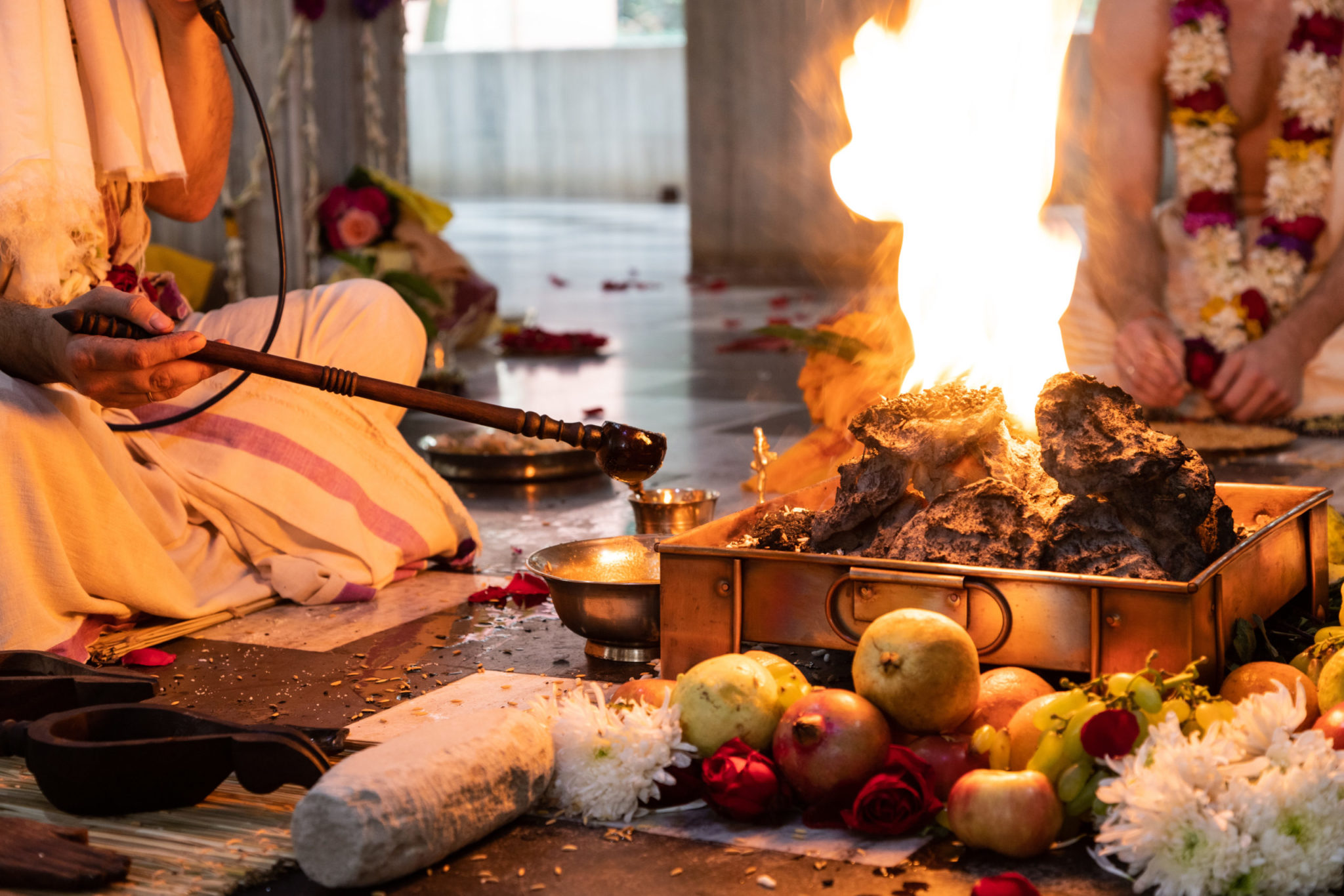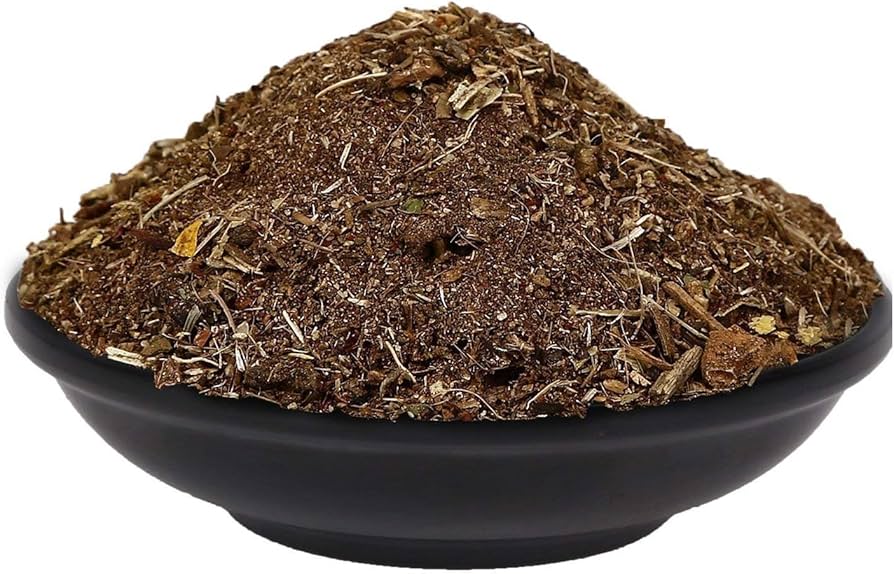The Science of Yagna & The Importance Of Havan Ceremonies
A common misconception is that Yajna is a fire-related ritual. However, that’s not true, there are many Yajnas that do not require fire, just the chanting of Mantras is sufficient.
Havan is a type of Yajna on a small scale in which fire is kindled, oblation offered and Vedic hymns recited.
अफलाकाङ्क्षिभिर्यज्ञो विधिदृष्टो य इज्यते ।
यष्टव्यमेवेति मन: समाधाय स सात्विक:॥
Transliteration:
aphalākāṅkṣhibhir yajño vidhi-driṣhṭo ya ijyate
yaṣhṭavyam eveti manaḥ samādhāya sa sāttvikaḥ
English Translation:
Of sacrifices, that sacrifice performed according to duty and to scriptural rules, and with no expectation of reward, is of the nature of goodness.
(Bhagavad Gita 17.11)
Scientific overview of Yajna
We all know that energy can neither be produced nor be destroyed but it can be transformed from one form to another form. Here in the process of Yagya are involved two biggest energies i.e. sound (as Vedic hymns) and heat (as kindled in Yajna Kund) which transform the energy from one form to another beneficial energy which is for the physical, psychological and spiritual well being of human.
Some benefits are as below-
The aroma of Yajna– can be sensed from a significant distance because the heat in Yajna helps in the diffusion of vaporized particles into our surroundings. Yajna Kund architecture-pyramid- is structurally the strongest shape in the world, and studies show that the center of the pyramid is the source of energy. The Yajna Kund is also formed in that particular way as the center of it is lightened as the energy source.
Clarified butter (ghee)– ghee is natural combustion fuel to anything made of hydrocarbons, it helps to keep the fire lightened.
Environmental purification- scientists proved that the place where Yajna is performed regularly, physical ailments, sickness, and diseases occur less commonly in that place. More info on this can be found in ‘The Integral Science of Yajna’, a book published in 1998 by Yug Nirman Yojna, Mathura, and can be downloaded below.
Sanskrit- all the words from Sanskrit contain some sort of vibrations and set a harmonious pattern to the sound wave constitute a great amount of energy. For example, chanting Gayatri Mantra can produce more than 10000 sound waves per second.
Fumigation– complex hydrocarbon combustion leads to formaldehyde and formalin production in the environment which is lethal to bacterial cells and it is a natural disinfectant.
Apart from that it also removes insects and foul smells from the environment.
Materials and methods
Yajnavedi
Typical Yajna consists of 3 main things –
Yajna Vedi or Havan Kund (the place where the fire is lit)
Samidha (small dried wood sticks, to keep fire ignited)
Aahuti (offerings) – being a vast topic, we will cover it as a separate point in future
Yajnavedi
Yajnavedi is the place where the holy fire is lightened, Yajna doesn’t complete without Yajnavedi. Vedi is the term for “sacrificial altar” in the Vedic religion.
These are 8 types as per there significance.
Yajnavedi Purpose
1 Yoni kund For child birth
2 Semilunar kund For clearance of family issues
3 Triangular kund For victory
4 Octagon kund For health
5 Round kund For public well-being
6 Hexagon kund For victory over enemy
7 Square kund For overall good
8 Padma kund For protection from magical powers
Samidha (समिधा)
Samidha in Yajna
Sameedhas’ are mostly plants that have some ritualistic significance; according to Indian mythology, Mango (Aam), Peepal (Peepal), Banyan (Bargad), Blackberry (Jamun), Sandal (Chandan) are considered holy.
These wooden sticks ignite the holy fire to receive the offering which is also called as Homa (होम) or Hotra (होत्र). Homa is prepared with grains scented herbs, ghee (clarified butter) sugar, fragranced roots, rice, etc. The mixture of all above is collectively called Homa Or Hotra.
Spiritual overview of Yajna
The warmth or the heat we get from Yajna is a great energy source, as it vaporizes all gross substances from the human body i.e. lethargy, ill tendency, dullness & despair, and energizes oneself with eagerness, smartness, curiousness, and hope.
Hindus think that fire is the purest energy, and with its mere presence, anyone can become pure. And after the completion of Yajna, the remaining ash produced by fire reminds the transient nature of life.
Conclusion
Yajna teaches us 3 important things which are very practical in daily life
- To contact with super soul – Yajna is the medium to seek God’s mercy and their blessings.
- The habit of donation – “इदं न मम” (idam na mama) simply means is “it is not mine”. At the end of all offerings, the words are chanted as idam na mama. This teaches a man is that nothing in this world belongs to himself or herself.
- The notorious nature of life – the end for everyone is the same; no matter who you are or what you have, at the end of your life, you will not be more than a handful of ashes. Yajna reminds us that no matter how high or how hot the Yajna fire is, at the and it will become a pile of ashes.
Tags:
